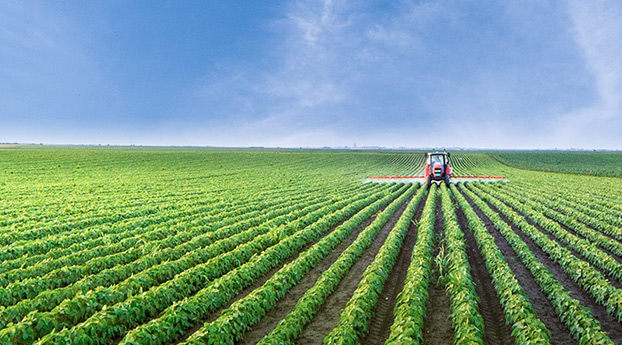Touch the new height of rural water conservancy information -- Intelligent management of farmland water conservancy promotes water-saving development in Nantong City, Jiangsu Province
Release time:2014-06-26 Views:292

Recently, China Water News published an article titled "Touching the new Height of Rural Water Conservancy Information -- Intelligent Management of farmland water conservancy Boosts the Development of Water-saving in Nantong City of Jiangsu Province" on the 7th edition of June 13, 2014, which focuses on the construction of water conservancy science and technology innovation system in Nantong City of Jiangsu Province and closely focuses on the construction of key information engineering of farmland water conservancy. The work of technology development, transformation, popularization and application has made a new breakthrough in water saving.
The paper points out that there are four characteristics of intelligent construction and management of farmland water conservancy in Nantong City: early start, typical tree, heavy promotion and high standard. In the process of farmland water conservancy information construction and management, through public bidding, COCON PU series of pump station electrical information control products are applied, paving the science and technology network of farmland water conservancy information construction, effectively improving the level of rural water conservancy information.
Water conservancy scientific and technological innovation is a strong driving force to promote water conservancy reform and development. In the construction of key counties of small irrigation and water conservancy, aiming at the goal of leading the country and first-class in the province, Nantong Municipal Water Conservancy Bureau constructs, manages and maintains small irrigation and water conservancy projects with modern management mode according to the concept of "digital water conservancy". In the past four years, a large intelligent irrigation control area has been built and the information management of the city's irrigation and water conservancy has been realized.
The following is the original report:


















